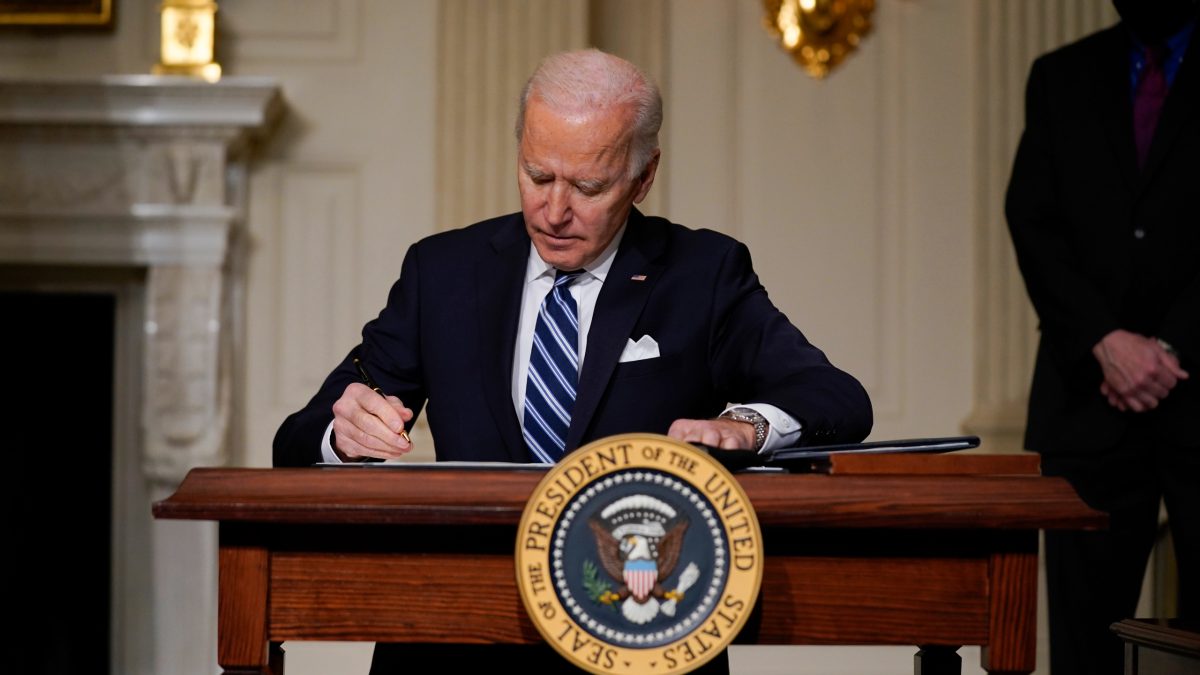Looking back on this election year, it is safe to say that this is probably one of the most provocative and unique elections in American history. While this election is not as historic as past presidential campaigns (i.e. The election of 1860 where the succession of the south was at stake, or the inaugural election won by George Washington), this one definitely carries some weight.
There is no denying that there have been many twists and turns leading up to Election day (November 8) on both the Democratic and the Republican side. You had numerous young people “Feeling the Bern” with the rise in popularity of Bernie Sanders; the head of the Democratic National Committee, Debbie Schultz, resigned due to leaked email providing evidence that Democrats rigged their own primaries, and there was a resurgence in the interest of young voters in the election process. On the Republican side, you had a starting point of seventeen hopeful candidates who all thought that they had a shot of winning the coveted Republican nominee spot, only to be mocked, humiliated, and beaten by a former reality television star, Donald J Trump. This barrage included his onslaught of controversial proposals (building the wall, banning Muslim immigrants) while proving that he is anything but a normal politician. This election year was probably was not one that numerous pundits had predicted to occur, but it really is a true understanding of the convoluted nature that is American politics.
Early this year, Bernie Sanders stated, “Education should be a right, not a privilege. We need a revolution in the way that the United States funds higher education.” He has also has praised countries like Germany, Sweden, Finland, and Norway on their tuition-free colleges and how they have been able to help people get the college education they deserve. With this idea up in the air, the question is apparent: Where do Clinton and Trump stand on these issues?
According to Hillary Clinton’s website, she can be quoted saying, “Let’s … make debt-free college available to everyone. … And let’s liberate the millions of Americans who already have student debt.” While this idea sounds promising, what exactly is her plan to “liberate the millions?” The plan mainly consists of giving helpful options for people in debt by allowing them to refinance their student loans, enroll in income-based repayment, push employers to contribute to student debt relief, and get relief from debt for starting a business or social enterprise, all while rewarding public service. In order to make college debt free for future students, she wishes to eliminate college tuition for working families (this applies to families with an income up to $125,000 and it allows works with state colleges) while helping students deal with all of the costs of colleges. While there are some points of concern with this plan, it seems to be a good start, and with Jill Stein and Bernie Sanders breathing down her neck to keep her promises, Hillary appears to be on the right track.
Her opponent, Donald Trump, does not seem to have as much of a detailed plan as Clinton does, but he has a few key points. As far as short term, Trump plans to, “Immediately add an additional federal investment of $20 billion towards school choice. This will be done by reprioritizing existing federal dollars.” This is in addition to his stating that, “If the states collectively contribute another $110 billion of their own education budgets toward school choice, on top of the $20 billion in federal dollars, that could provide $12,000 in school choice funds to every K-12 student who today lives in poverty.” Trump also wishes to work with congressman in order to make sure that colleges make a “good effort” to help out its students with their debt problems. While it does not seem as detailed as Clinton’s plan, it is definitely a somewhat good plan in order to reduce student debt.
While both candidates did not spend much time talking about their plans on the campaign trail, and the debate did not really focus much on it, college education is a very important topic in the minds of young voters, and if a candidate can make their case as to why their plan is better, than either Clinton or Trump can easily get young voters on their side. College is the foundation for the future leaders of America; it should not be a burden on a student’s mind, but rather a way of launching them into a future of promise and success.































